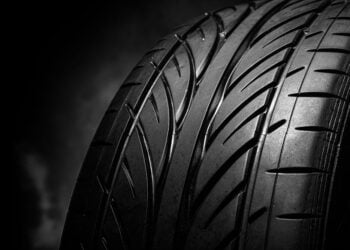Described as the union of engineering and biology, biomechanics is the field of study that applies the principles of physics and engineering to biological movement. To do this, biomechanical engineers treat the human body as if it were a machine in order to evaluate movements and forces under circumstances such as car accidents, falls, and blunt impacts. In recent years, the role of biomechanics has steadily expanded out of the laboratory and into the courtroom. Below are several examples where biomechanics has been used within the personal injury setting.
Understanding the Physics
Biomechanical engineering is uniquely suited to identifying and quantifying the relationship between motions and forces that an individual experiences in events such as car accidents or trip and falls. Using mathematical equations from published experimental studies and those established in the laws of physics, it is possible to determine the amount of force and torque that an individual would experience as well as the directions and durations of such forces acting on the body. Once determined, these forces and the manner in which they are applied, can be compared to known tissue tolerances, or contextualized in terms of daily living activities. For example, the forces from a car crash can be described as twice that of sneezing in one instance, or equivalent to a free-fall from a one-story building in another.
Complementing the Medicine
Compared to the medical field, biomechanics uses different information to answer different questions. The goal of medicine is to evaluate, diagnose, and treat injuries and illnesses which is very different from the biomechanical goal of understanding how injuries occur in relationship to the response of the human body from applied forces during an incident. Biomechanics will neither dispute diagnoses, nor provide any treatment or permanency assessments. In a much more complementary approach, biomechanical engineers seek to provide context for diagnosed injuries by establishing a link to the forces and mechanical conditions from an incident. Medicine typically does not account for this link since injury causation is typically based on a general history rather than a thorough evaluation of the physics of the incident, which is critical in establishing a causal relationship between an incident and an injury.
Explaining Mechanisms
A mechanism is an explanation for how something happens. Injury mechanisms specifically refer to the mechanical conditions associated with specific injuries. Every injury has a specific injury mechanism and these can range from simple overloading, as observed in neck muscle strains, to complex loading and motion patterns which can contribute to injuries such as meniscal tears of the knee or spinal disk damage. One of the cornerstones of injury biomechanics is to compare diagnosed injuries to known injury mechanisms to assess if there is a causal relationship between the mechanical conditions of an incident and the diagnosed injuries.
Exploring Hypotheticals
Part of evaluating the mechanical conditions of an incident is not only understanding the incident as it happened but also evaluating how conditions could have been different for the purposes of assessing liability and damages. This could include how forces, and ultimately injury potential, would be reduced if a vehicle was traveling slower, or if the occupant had been wearing a seatbelt. This methodology can additionally be used to evaluate the motions of the body in a specific environment to differentiate between trip and fall or slip and fall incidents.
Corroborating Testimony
As with most expert fields, biomechanics is a tool that can be used to evaluate whether the testimony given by witnesses and physicians makes sense with the underlying laws of physics and established scientific principles. Whether evaluating causation of an injury from a specific event, or using injury patterns to evaluate whether the circumstances of an incident are even possible, biomechanical engineering provides a missing piece of the relationship between medical diagnosis and mechanics of an incident.
Biomechanics is not a replacement for witness testimony or medical assessment, but it is a powerful tool that can be used to connect the two or highlight inconsistencies between witness testimony and the laws of physics.











